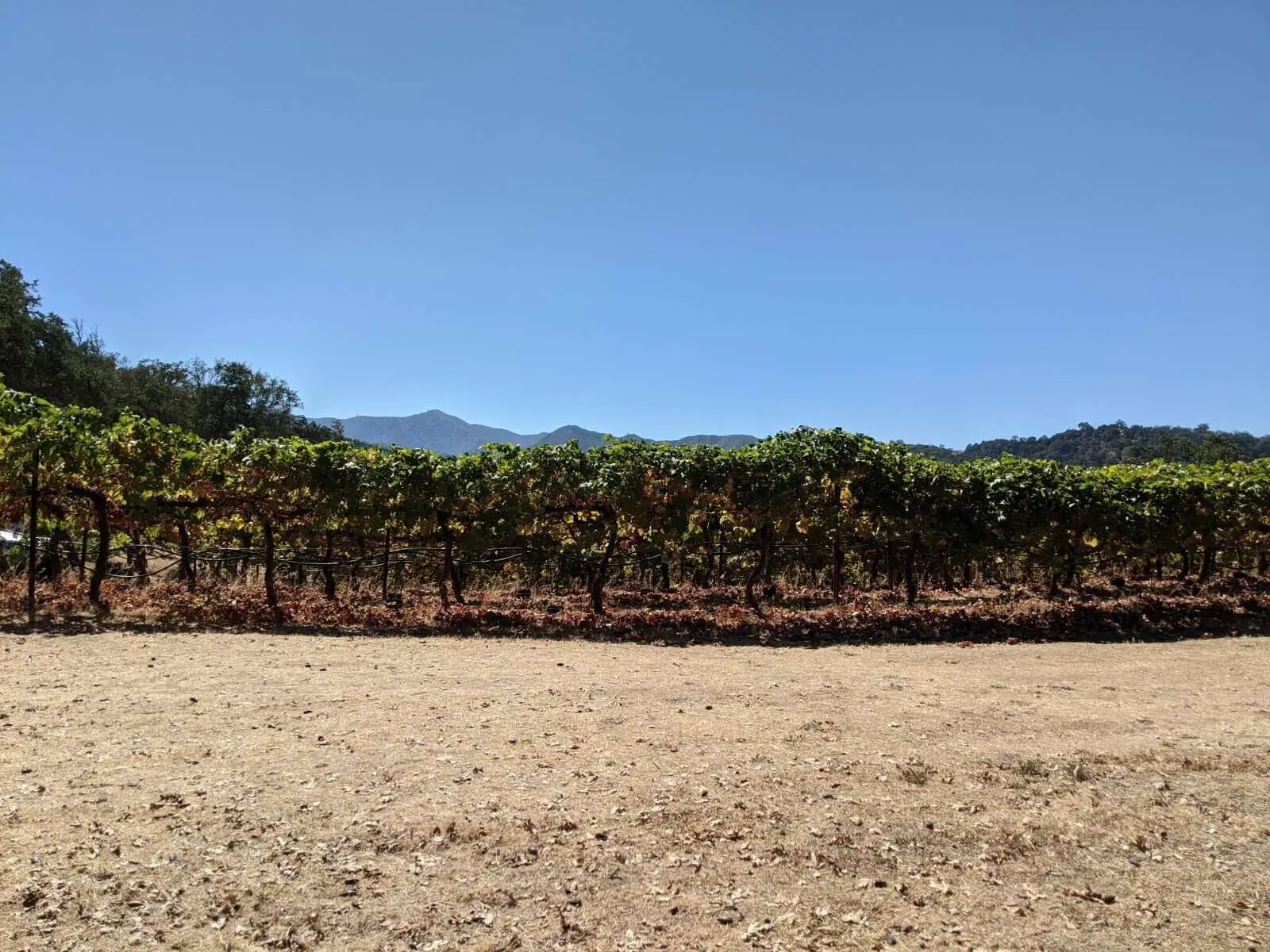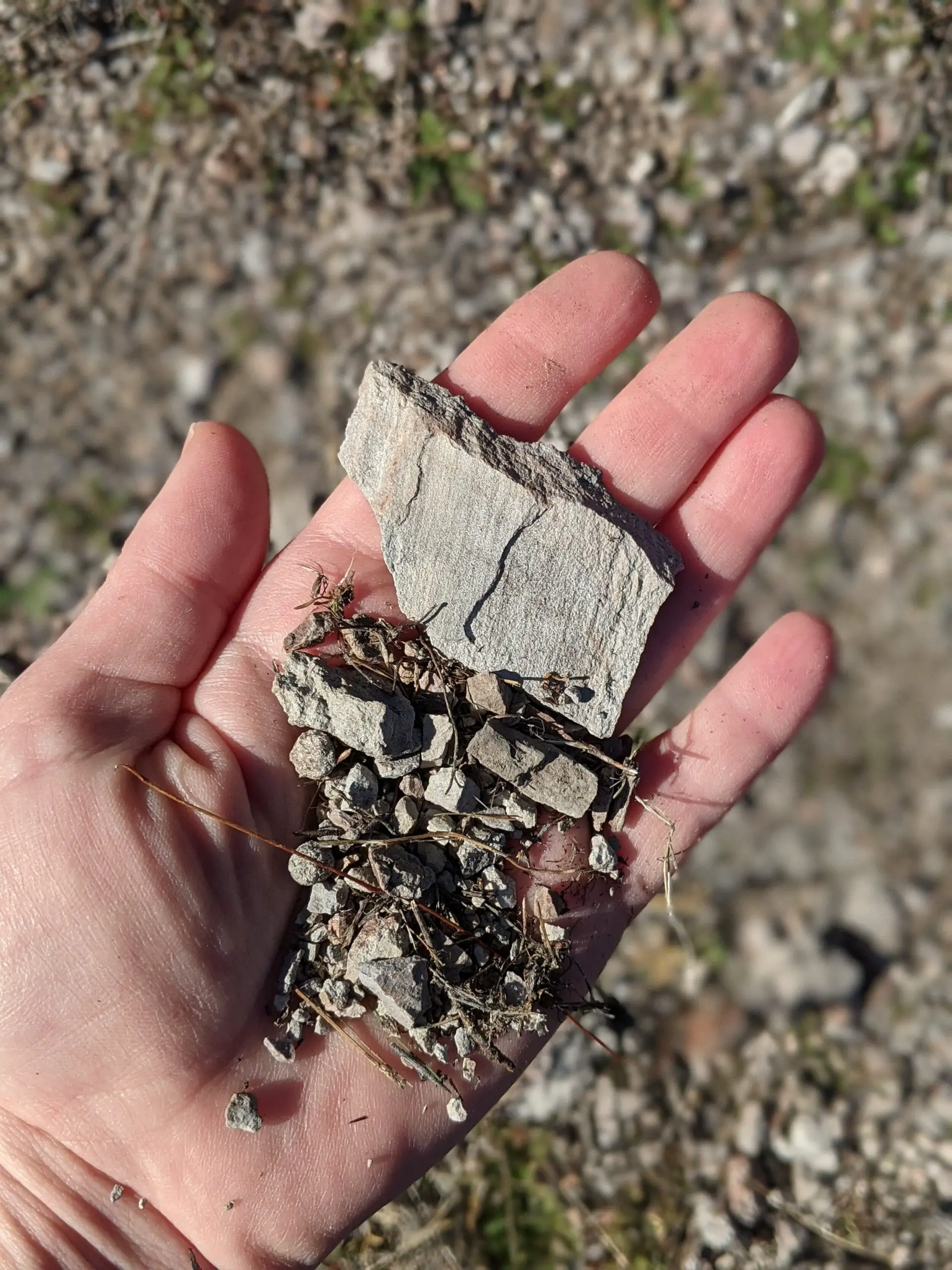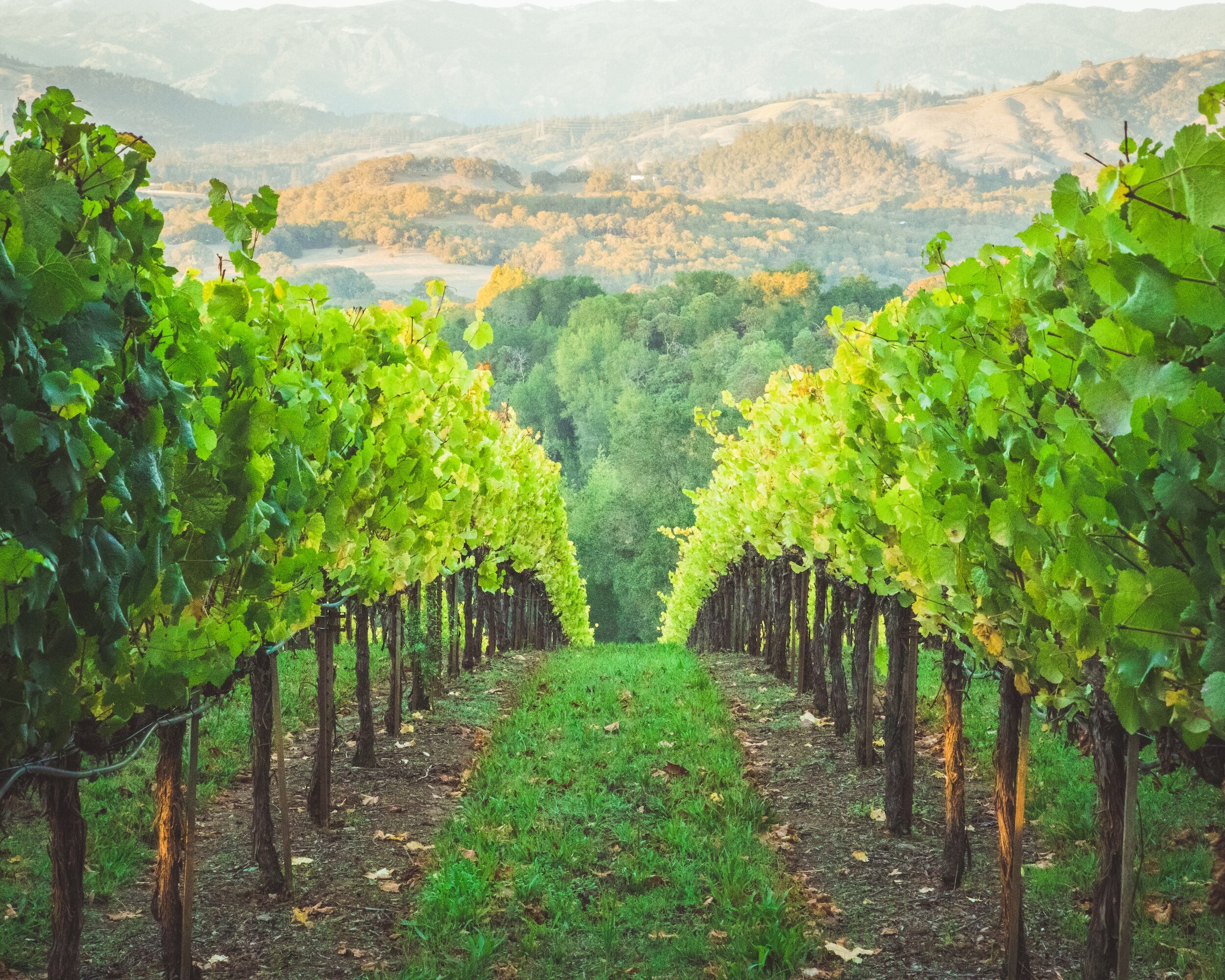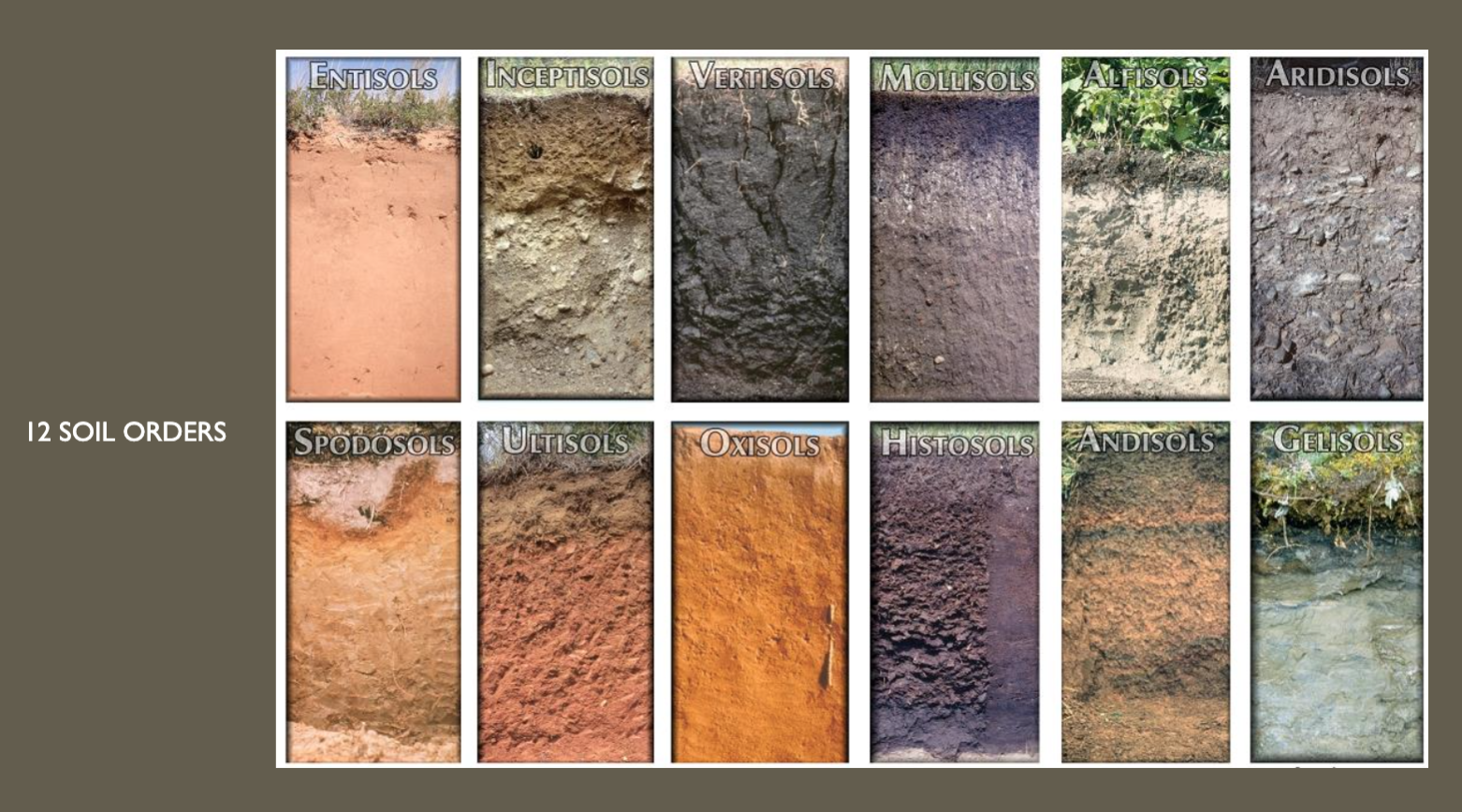
Vineyard soil is vital for grapevine growth, nutrient uptake, and wine quality. It affects vine health, vigor, and grape characteristics.
Understanding soil composition and properties is essential for successful vineyard management and producing exceptional wines.
Memo to economists from the real world of ecology: Factories do not carry on photosynthesis or restore oxygen to the atmosphere. We cannot eat our computers.b~ David Carle
Okay then. Noted.
And so began a crash course in vineyard soil management.
Soils are my personal nemesis with wine studies. The complex geological formations that span millennia to create unique viticultural sites around the world boggle the mind.
Ancient bedrocks lift up and erode away, oceans rise and fall, volcanoes spew forth with awesome power – all leaving pockets of exotically named dirt that I scribble onto notecards: llicorella, call vermell, terra rossa.
Here are seven key surprises from my soil studies:
- 1. Vineyard Soil Is a Non-Renewable Resource
- 2. ‘Poor’ Vineyard Soil Is a Misnomer
- 3. What’s a soil horizon?
- 4. Vineyard Soil: Importance of pH – Again
- 5. Soil Naming Conventions
- 6. Fun Online Soil Tools
- 7. Vineyard Soil: Till and No-Till Approaches
- Final Thoughts – 7 Dirty Vineyard Soil Surprises
- Thirsty For More?
1. Vineyard Soil Is a Non-Renewable Resource

Soil is formed from 5 factors: parent material (the rocks), biota (living organisms), time, climate, and topography.
Soil is a non-renewable resource. Huh. I figured farmers added compost or manure to the land, along with a cover crop and they’re good to go.
Not so.
This goes back to the 5 factors.
One of those factors is time. Time on a massive scale. Because we’re talking geological time, soil’s considered non-renewable.
This process may start with lichens living on rocks. Lichens leach out chemicals and break down the rock. Biota begin to grow on top of the broken-down rock and slowly start to add organic material.
Millennia, people. Millennia.
2. ‘Poor’ Vineyard Soil Is a Misnomer

Too often you read that vines do best when they are forced to struggle in ‘poor’ soil.
Poor soil is a lazy way of explaining the complicated calculations (actual math) behind the nutrients and water accessible in the soil for vine growth.
Marry this with a vine’s optimal fruit-bearing capacity balanced with fruit quality and – boom!
You get viticulture – an entire field of scientific study dedicated to teasing out how this all works.
I attended a composting webinar the other day where several different farmers discussed the complicated process of making, managing, and applying compost to their vineyards and farming operations. One of the presenters was located in the Santa Cruz mountains. Her land had been logged in the late 1800s for wood used in San Francisco during the Gold Rush era.
Loggers harvested the trees and then dragged them along the ground to boats waiting in the harbor to ferry them up the coast. Scraping the trees along the ground effectively destroyed the topsoil.
Today, 170 years later, she’s working to rebuild the topsoil by adding organic matter.
The US Department of Agriculture (USDA) estimates that it takes 500 years to replace 1 inch of topsoil. She has ‘poor’ soil.
Another famous example of poor soil is the 1930s Dust Bowl.
No, grapes will not thrive in poor soil. Nor will anything else.
3. What’s a soil horizon?

Those fascinating see-through demonstration containers in tasting rooms that show the different layers of soil are called soil horizons.
Vineyard managers dig 3-6 ft deep horizon pits to measure each layer’s depth and composition.
They’ll send these samples off to labs for analysis.
4. Vineyard Soil: Importance of pH – Again
Soil pH is as important as wine pH. Viticulturalists actually test soil pH like they test wine pH by creating a slurry mixture.
Soil pH determines how accessible different nutrients are to the vine for uptake. This makes sense and is actually determined by something called the cation exchange capacity (CEC). Learned something new.
5. Soil Naming Conventions
In the United States, soils have order and series names, much like Latin genus and species names for the plant and animal kingdom.
The difference is that soils were named in the 1900s and our naming convention is unique to American English.
This surprised me. I was hoping they’d be universal.
There are 12 order names. Gelisols, for example, are tundra land. Who knew?

6. Fun Online Soil Tools
Do you know what kind of soil you live on? If not, it’s easy (and *FREE*) to figure out on your own!
Soil maps are nerdy fun. The USDA mapped all of the soils in the United States.
You can use the soil map for free and it will give you all the details on the land’s soil composition, horizon depth, productivity, and suitability. Try putting in your address and see what comes up.
The soil series where I source Merlot is 50% Alumrock, the order is Mollisols.
Mollisols are derived from grasslands and are among the most important and productive agricultural soils in the world. Nerdy, no?

7. Vineyard Soil: Till and No-Till Approaches
You’ve heard the terms organic, biodynamic, and sustainable, but there’s a conspicuous absence of the terms till and no-till in wine education literature.
Odd considering how important soil is in viticulture.
Tilling soil, the process of ripping through it with a tractor disc to break it up, exposes microorganisms to oxygen and damages the mycorrhizae, a layer of symbiotic fungal growth surrounding vine roots – both of these are bad things.
Viticulturalists aim to minimize soil disruptions as much as possible with no-till management practices.
Doing so helps with erosion control and watershed management.
Unless you have a serious gopher problem.
Then tilling will disrupt gophers, at least for a while.
Gophers are also one of my nemeses.
Final Thoughts – 7 Dirty Vineyard Soil Surprises
If you ever get the chance to visit a vineyard or talk to a viticulturist, make sure to ask them about how they manage their soil We spend so much time focused on the noble vine, but the soil – the rich dirt and organic matter beneath our feet – is where the magic begins!
Thirsty For More?
Check out this post on how they decide what kinds of vines to plant where.
And here’s one just on fungal diseases in the vineyard.




